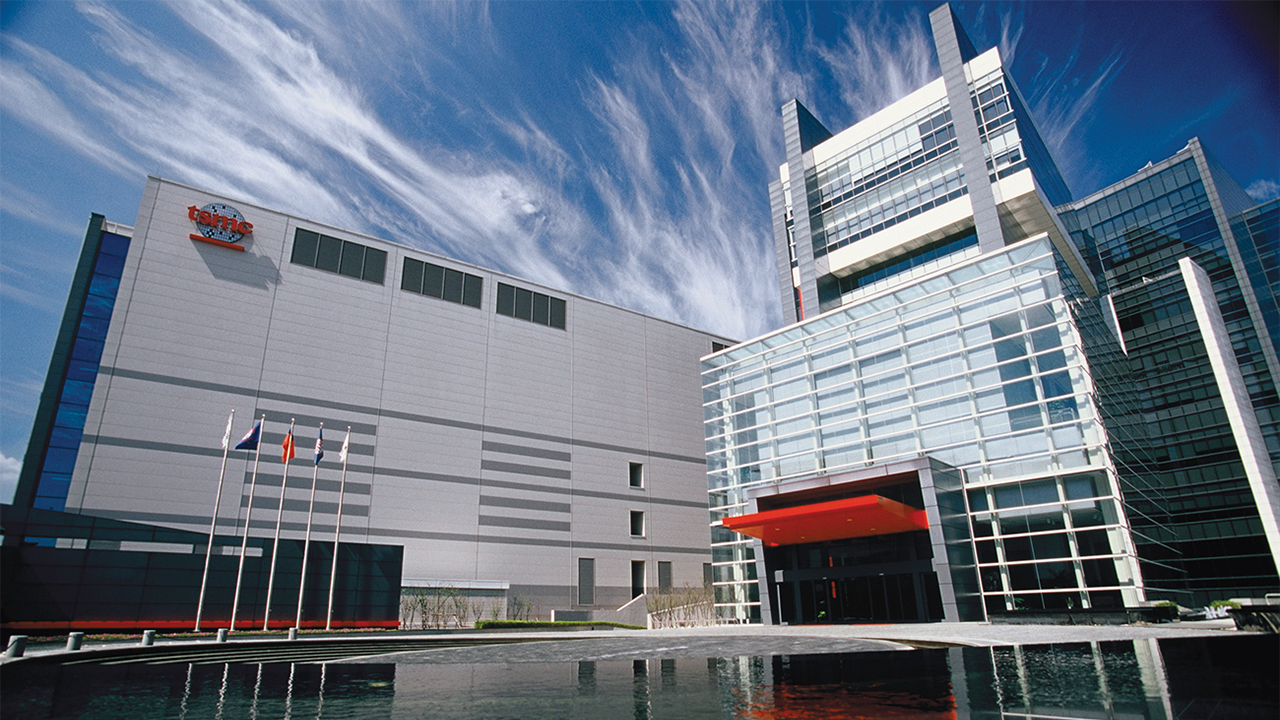TSMC founder says unnamed customers want 10 new fabs to build AI chips
More AI requires more silicon.

TSMC founder and industry icon Morris Chang says that customers have approached him to build up to ten new fabs for AI processors, an incredible request that speaks to an insatiable demand. The request isn't entirely surprising, as the demand for processors used for AI applications is booming, and it is well known that market leader Nvidia cannot satisfy it. Meanwhile, the amount of AI compute performance available to companies like OpenAI appears insufficient, which is why companies are demanding more processors from existing suppliers, and some are even planning to build their own silicon.
"They are not talking about tens of thousands of wafers," said Morris Chang, the founder of TSMC, at a conference in Japan, reports Nikkei. "They are talking about fabs, [saying] 'We need so many fabs. We need three fabs, five fabs, 10 fabs.' Well, I can hardly believe that one." The report says Chang predicts demand for AI processors to be in the middle, "between tens of thousands of wafers and tens of fabs."
TSMC is one of a few companies on the planet that builds semiconductor manufacturing facilities that have a production capacity of around 100 thousand wafer starts per month. These 'Gigafabs' tend to produce processors using a variety of advanced process technologies. Running such large plants allows TSMC to reuse expensive wafer fab equipment for different process nodes, which greatly optimizes utilization rates and costs.
But a Gigafab costs a lot of money: a large 3nm-capable fab may cost well over $20 billion when fully built and equipped, and it requires years of construction. Meanwhile, TSMC's 2024 capital expenditure (CapEx) budget is between $28 billion and $32 billion, so the company isn't building multiple Gigafabs every year. Building ten leading-edge fabs would have cost well over $200 billion, and that does not include the cost of supporting the supply chain and infrastructure. Such a huge sum is significantly beyond TSMC's investing capabilities.
This is perhaps why we are hearing rumors that Sam Altman, chief executive of OpenAI, is trying to raise trillions to build a network of fabs to be run by leading chipmakers that would produce a sufficient amount of AI processors. While the plan looks rather fantastic itself, it would hardly be economically viable.
Developers of advanced processors for AI and HPC tend to use leading-edge process technologies for their parts, and typically, these processors are produced for two or three years. After that, they move to new nodes. If companies like TSMC build an excess of leading-edge capacity just to meet immediate demand from the AI sector, they might end up with an excess of advanced capacity that has not been fully depreciated (and it is impossible to depreciate a fab in just a few years) several years later, which will lead to losses in the foundry sector.
Contract makers of chips certainly know that, so it isn't likely we'll see 10 new leading-edge fabs built just for AI chips any time soon. However, we can expect that production will increase within rational limits.
Get Tom's Hardware's best news and in-depth reviews, straight to your inbox.

Anton Shilov is a contributing writer at Tom’s Hardware. Over the past couple of decades, he has covered everything from CPUs and GPUs to supercomputers and from modern process technologies and latest fab tools to high-tech industry trends.
-
umeng2002_2 They might do it if those developers guarantee buying up the production for some years afterwards; but bankrupt AI companies can't pay you no matter if you sue them into oblivion.Reply -
CelicaGT Name the customers or it's just more BS hype. Seven Trillion Dollars. The bubble will burst, what the marketing departments call "AI" will find actual uses behind the scenes, doing what it was actually designed for and the MBA's will move on the the Next Big Thing, perhaps surge pricing for fast food restaurants or something I don't know...Reply -
Joseph_138 Reply
Or China waits until the new fabs are built, then invades.peachpuff said:Then the bubble bursts and you're stuck with 10 useless fabs... -
peachpuff Reply
Don't worry, they're as incompetent as Russia, the water will stop them.Joseph_138 said:Or China waits until the new fabs are built, then invades. -
Diogene7 Intel with their Beyond CMOS Intel MESO concept has demonstrated that spintronics could enable much, much more energy efficient computing architecture.Reply
Therefore instead of building leading edge Silicon CMOS Fab, what is really needed is to build at least one Beyond CMOS Fab : a spintronics related technology fab, and it wouldn’t require trillion of dollars, but maybe still 10’s of billions of dollars as it would help kickstart the transition to the next generation, more energy efficient, computing technology that is also better amenable to AI… -
Co BIY Replypeachpuff said:Don't worry, they're as incompetent as Russia,
This is a statement that is not rooted in reality.
How many things in your home and life are built in Russia. How many in China? -
Joseph_138 Reply
Virtually everything you own is made in China, or made of components made in China, so they must be doing something right.peachpuff said:Don't worry, they're as incompetent as Russia, the water will stop them.